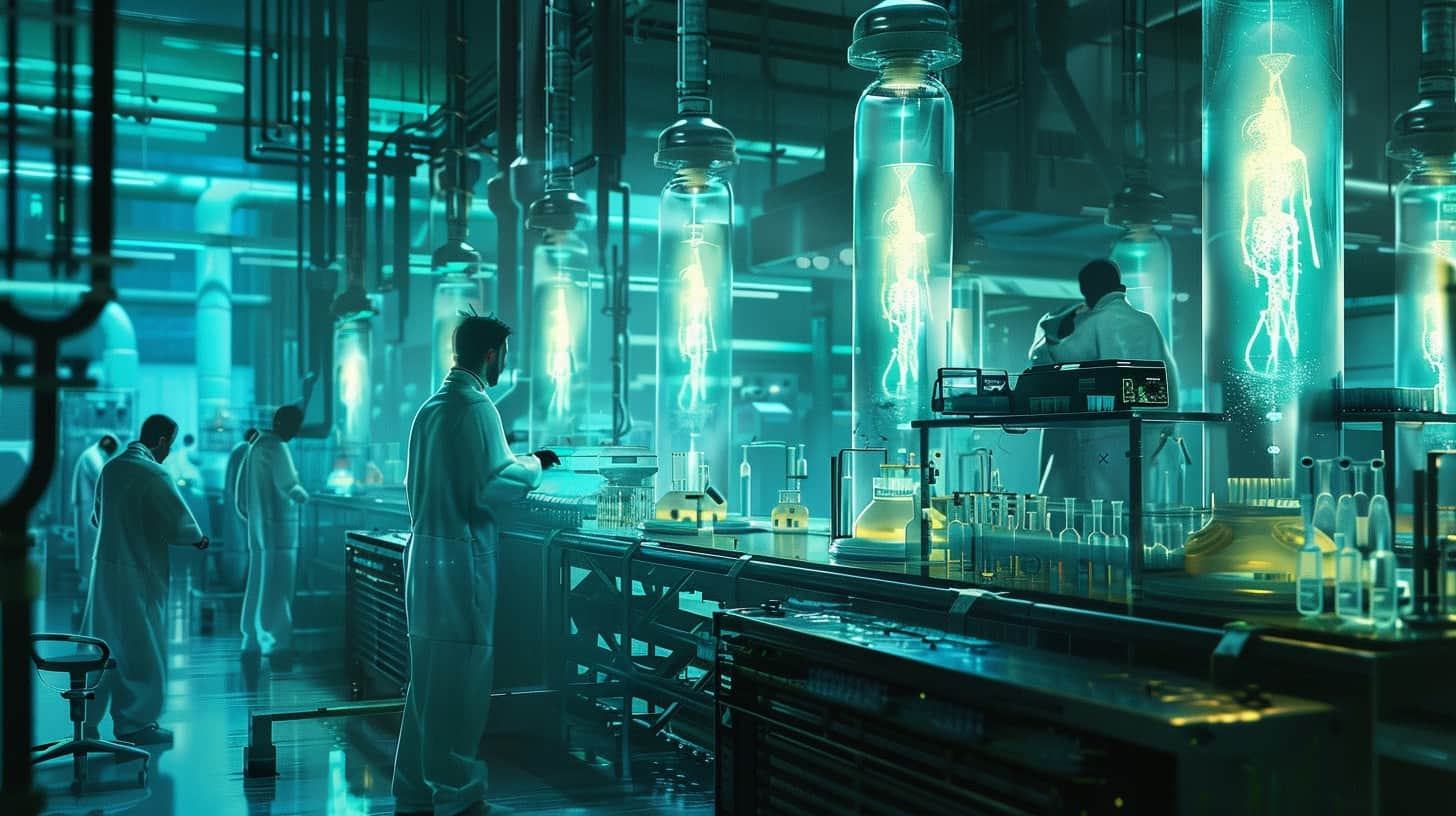Are you curious about the buzz around human cloning? One fact stands out: therapeutic cloning can change medicine forever. This article will show how cloning could solve big health issues.
Let’s explore these benefits together.
Key Takeaways
Human cloning can make perfect-match organs for transplants, which means no more organ rejection issues.
Cloning gives scientists a way to understand and possibly cure genetic disorders by working directly with genes.
Through therapeutic cloning, it’s possible to create tissues from a patient’s own cells to heal injuries or diseases without the risk of them being rejected by the body.
Cloning has already led to significant scientific advancements, like Dolly the sheep in 1996 and recent successes in cloning endangered species and pets.
Future research could allow us to slow down aging and improve quality of life through customized treatments based on cloned cells.
Table of Contents
Fundamentals of Human Cloning
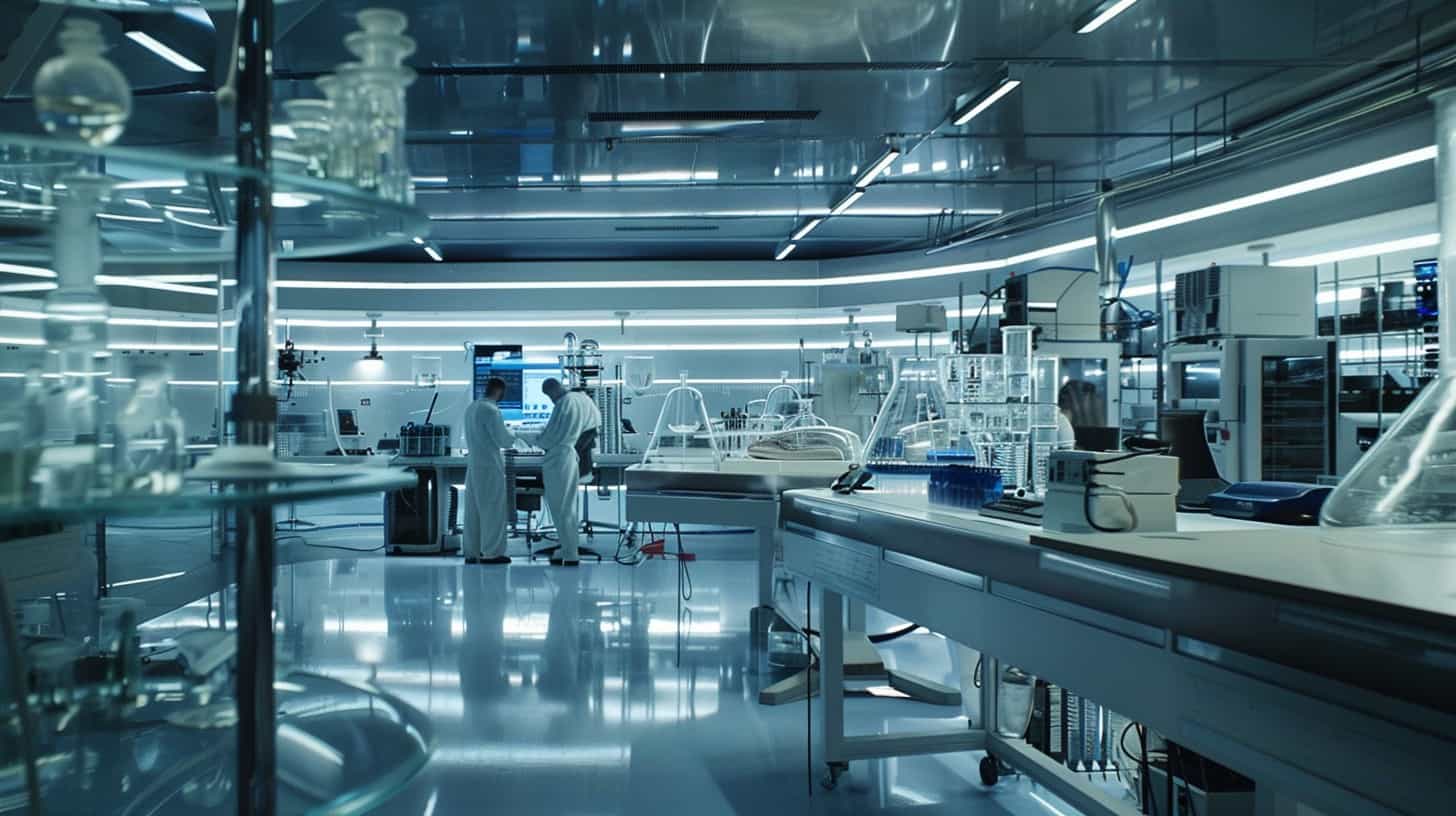
Human cloning might sound like science fiction, but it’s a real deal in the lab. It involves creating a new organism with the same genetic code as another being.
Defining Human Cloning
Human cloning might sound like science fiction, but it’s a real process that scientists work on today. It involves making a new human with the same genetic makeup as another person.
Think of it as copying and pasting genetic material from one cell to another. This is done through techniques like somatic cell nuclear transfer, where they take out the nucleus from an egg cell and replace it with the nucleus from a donor’s cell.
Cloning creates life with a photocopy button.
This method can lead to two main types of cloning: reproductive and therapeutic. Reproductive cloning aims to create an organism that is genetically identical to the donor. On the other hand, therapeutic cloning focuses on creating embryonic stem cells for research and medical treatments, offering hope for curing diseases by regenerating damaged tissues without fear of rejection by the body.
Historical Milestones in Human Cloning
Now that we’ve defined what human cloning is, let’s dive into its history. This trip through time will show us just how far we’ve come.
- The journey started with frogs. Scientists first cloned a frog in the 1950s. This was a big deal because it showed cloning mammals might be possible one day.
- Fast forward to 1996, and hello Dolly! Dolly the sheep became the first mammal cloned from an adult cell. This breakthrough by scientists made headlines around the world.
- After Dolly, more mammals joined the cloning club. Mice, cows, and even dogs were cloned. Each success taught scientists new things about cloning techniques.
- Japan and the UK took steps to control cloning with laws. Japan said no to all cloning, while the UK allowed some research but put strict limits on it.
- The magic of therapeutic cloning came into the spotlight in the early 2000s. Scientists learned how to clone cells for medicine, not making whole animals or people.
- Researchers found out that embryonic stem cells could turn into any type of body cell. Imagine making new heart cells or brain cells from scratch!
- Finally, organ – specific stem cells showed up on stage. These special cells could create tissues for damaged organs without fear of the body rejecting them.
Each of these milestones isn’t just a point in history; they’re stepping stones to future medical miracles like curing diseases and fixing damaged organs with our own cells!
The Cloning Procedures
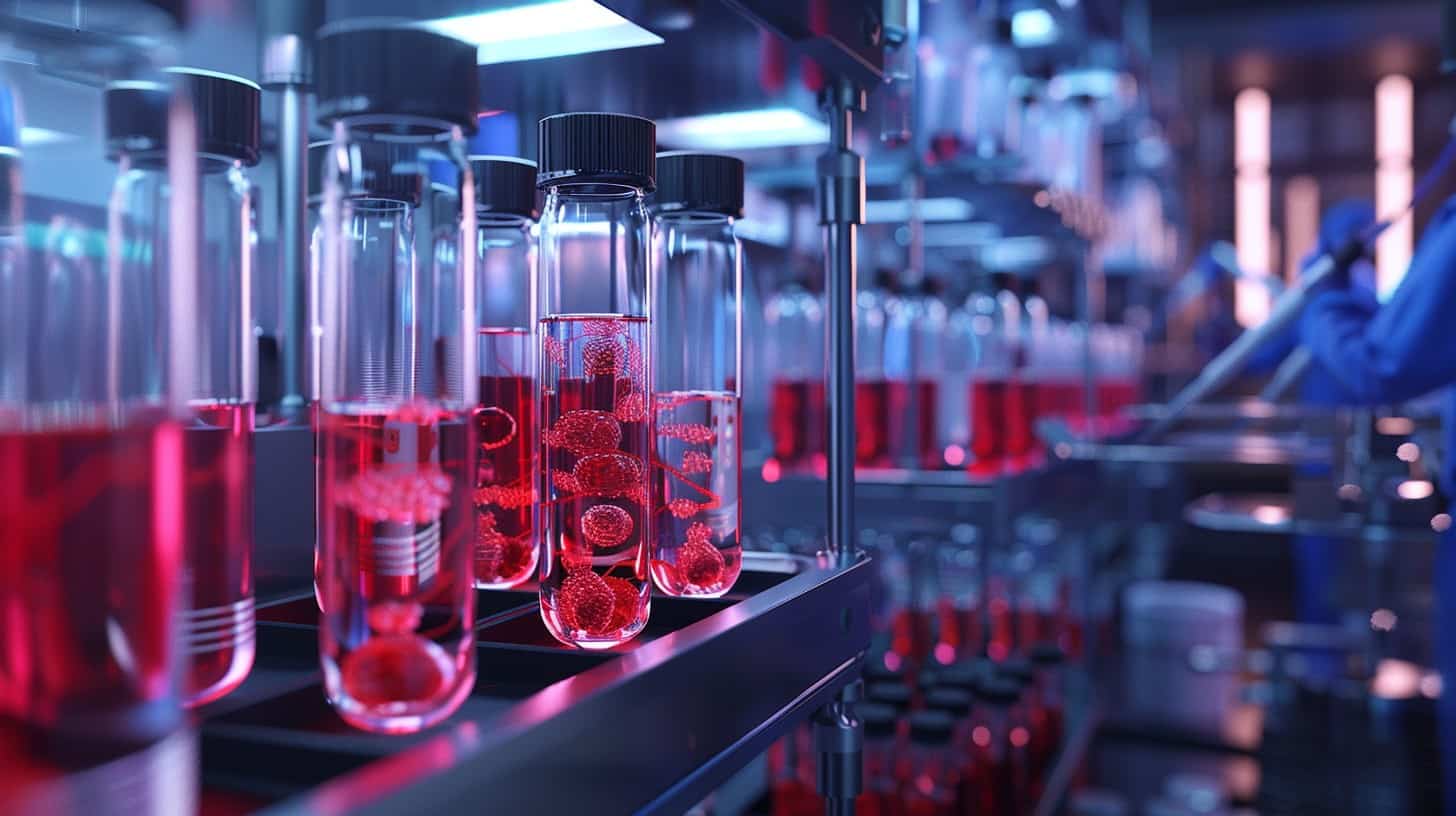
Cloning humans isn’t as simple as pushing a button. Scientists use special methods to create life, like putting together a complex puzzle with pieces from cells and DNA technology.
Techniques in Reproductive Cloning
Reproductive cloning sounds like science fiction, but scientists have been working on it for years. It’s a process to create a new organism that’s genetically identical to another.
- Nuclear Transfer Technology: First off, we take the nucleus from a donor cell and pop it into an egg cell that had its own nucleus taken out. This combo gets a little electric shock to kickstart development into an embryo. Imagine giving a car a jump start; that’s pretty much what happens here.
- Embryo Splitting: Think of this like making natural identical twins in the lab. An early-stage embryo splits into two, creating separate entities that grow separately but share the same DNA.
- In Vitro Fertilization (IVF): Here, eggs are fertilized outside the body in a lab dish. Once embryos form, they can be used for cloning purposes by transferring them into a surrogate mother or for further scientific study.
- Surrogate Mothers: After getting an embryo through either nuclear transfer or embryo splitting, it needs a cozy spot to grow. Cue surrogate moms who carry the cloned embryos to term just like any pregnancy.
- Stem Cell Research: It involves creating cloned embryos only to harvest stem cells from them. These cells are pluripotent, meaning they can turn into almost any type of cell in the body. From there, researchers work on growing tissues or organs for transplants.
- Gene Editing: Before or after cloning, scientists might tweak certain genes in the DNA of the cloned material. This could prevent diseases or make improvements in the clone not present in the original organism.
Each step here is packed with potential, from saving endangered species to revolutionizing organ transplants and tackling genetic disorders head-on. It’s like having nature’s blueprint and tweaking it to help humans live better lives—only with more precision tools and a bit of electric zest!
Methods in Therapeutic Cloning
Switching gears from how we make exact living copies, let’s dive into the world of therapeutic cloning. This method doesn’t aim to clone a person but to heal them. Here’s the scoop on how scientists do it:
- It all starts with taking a small piece of skin or blood from the patient. This tiny bit holds the key to creating matching organs.
- Scientists then remove the insides of an egg cell, leaving behind an empty shell ready for new material.
- They slip the patient’s cell into this shell. Imagine moving into a new house and bringing your stuff with you; it’s kind of like that.
- Next up, they trick the egg into thinking it’s been fertilized. Zap! With a bit of electricity or chemicals, it begins to divide and grow.
- Here’s where things get really cool: as this tiny ball of cells grows, it forms what we call a “blastocyst.” This bundle of joy is full of stem cells that can become anything – heart cells, brain cells, you name it.
- Scientists then gently take these stem cells and encourage them to grow into the types of cells needed for treatment – be it for fixing a damaged heart or fighting off diabetes by creating insulin-producing cells.
- These brand – new cells are then prepared to be transferred back into the patient’s body, where they can repair damage and fight diseases.
And there you have it – step by step, scientists use therapeutic cloning not just to dream about future cures, but to actually start building them today!
Benefits of Cloning Humans
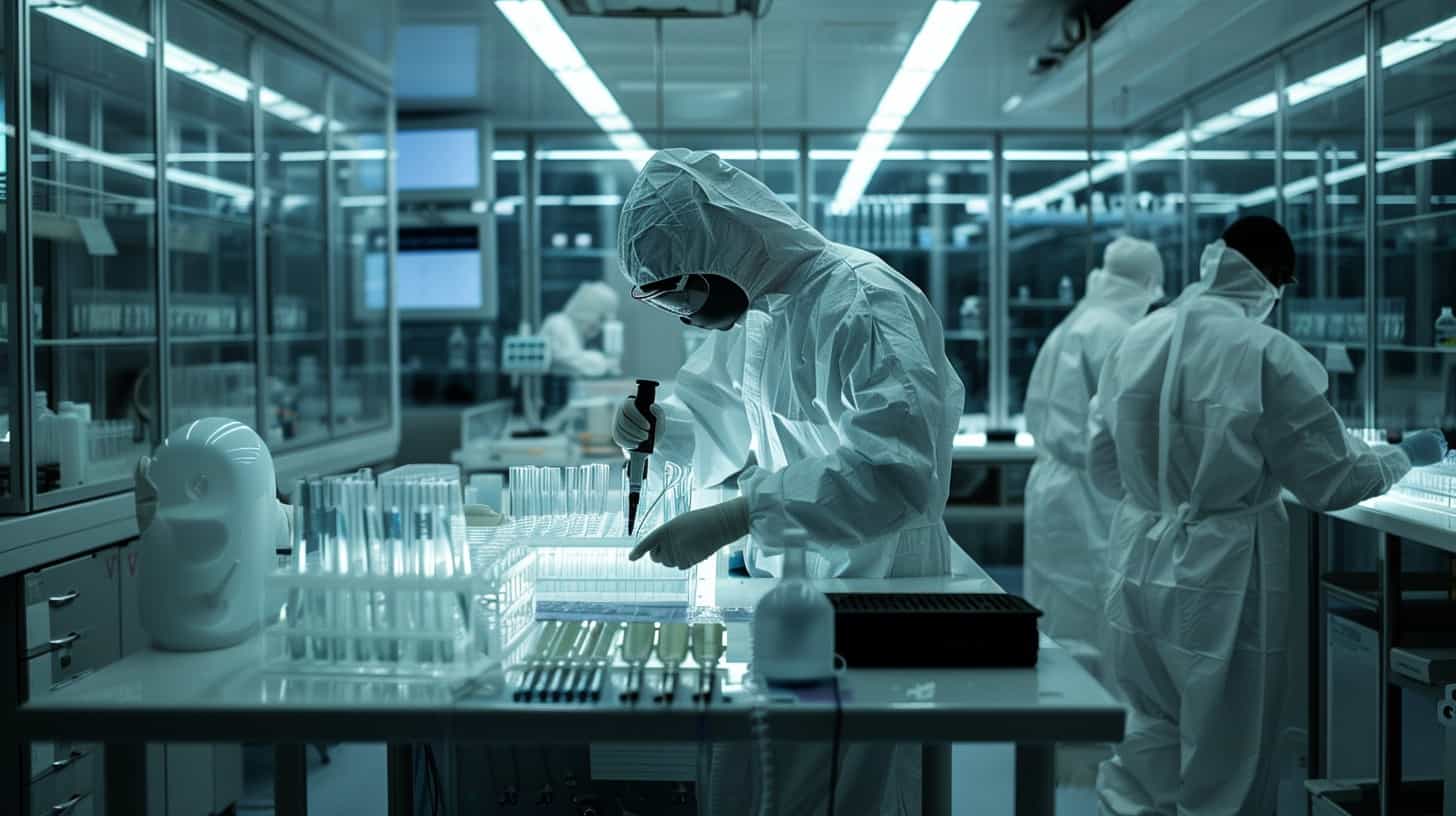
Cloning humans can kickstart miracles in health care. It’s like giving science a magic wand to cure diseases and fix broken parts of our body.
Health and Therapeutic Advantages
Human therapeutic cloning opens doors we never thought possible. Imagine a world where illnesses like type 1 diabetes or severe burns heal not with endless treatments, but with tissues grown from one’s own cells.
This isn’t sci-fi; it’s the promise of therapeutic cloning. The process starts by swapping a patient’s somatic cell nuclei into egg cells without their original nuclei. These eggs grow into embryos, which are treasure troves of stem cells ready to become any tissue needed by the body, solving the puzzle of organ rejection.
“Science finds its truest purpose in healing.”
Parents saving cord blood now might be on to something big. Storing these rich sources of stem cells could be game-changing for regenerative medicine and therapeutic cloning in years to come, despite initial collection and processing fees.
Just think: what once was discarded as medical waste could save lives through new methods in therapeutic cloning, showcasing an amazing cycle of life from birth to healing potential unlocked later through science.
Applications and Contributions to Science
Cloning opens doors to scientific breakthroughs we once thought were only possible in sci-fi movies. Through therapeutic cloning, scientists can create an endless supply of cells for fixing damaged tissues and for transplants.
This means organs that fit perfectly with the patient’s body, saying goodbye to rejection issues. Imagine a world where your body could accept any organ it needs without fuss. That’s the magic science is working on.
This technology also dives deep into understanding pregnancy problems. By studying cloned embryos, experts learn about what causes some pregnancies to fail. With this knowledge, they might find ways to prevent such losses in the future.
Cloning isn’t just about making copies; it’s about saving lives and solving mysteries locked within our very cells. We’re not playing gods; we’re trying to mend broken parts more efficiently.
Support for Human Cloning
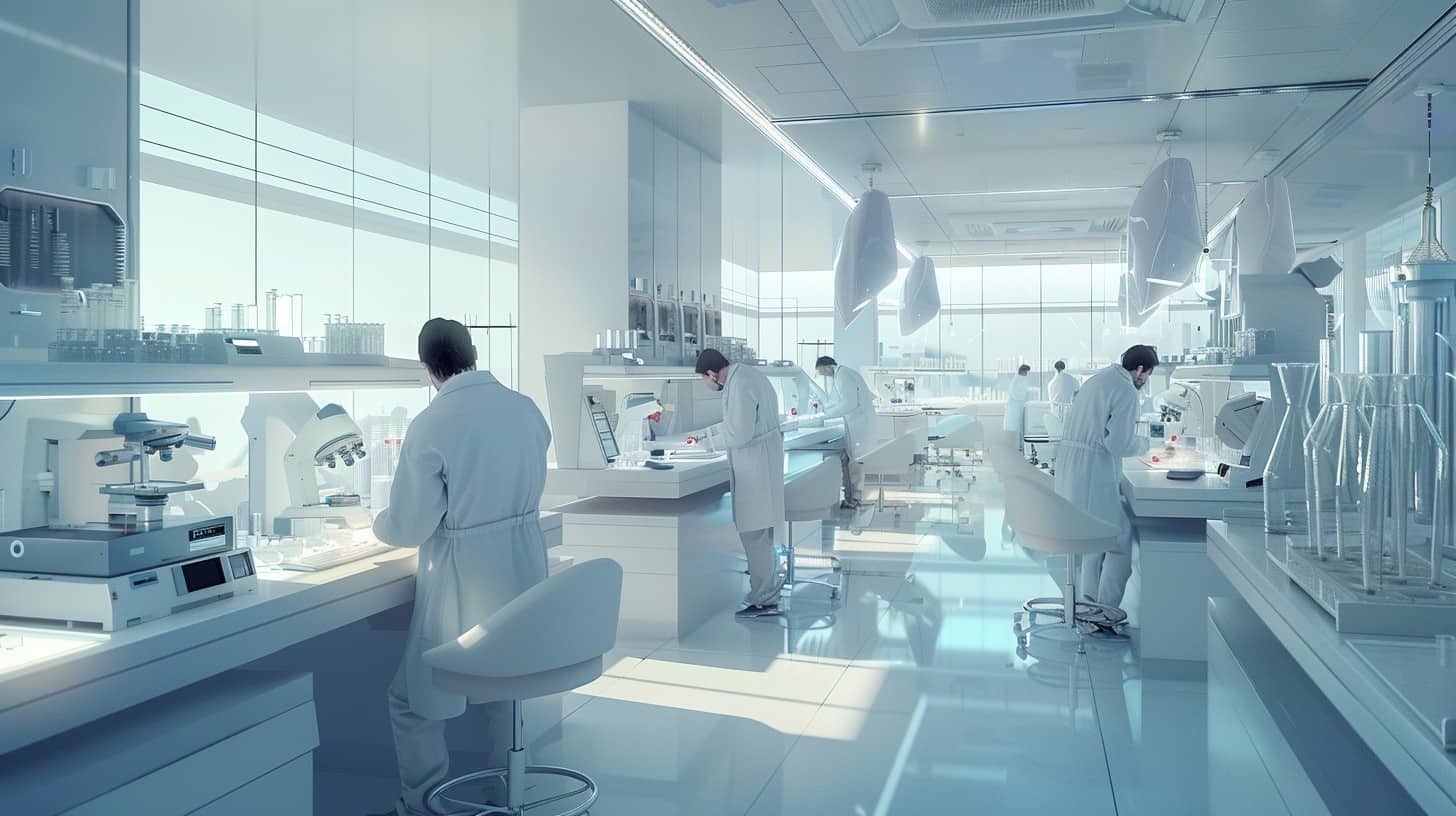
Peeking into the future of human cloning, folks are getting excited about beating aging and fixing broken bodies. Picture making a new heart or healing a spine; that’s the magic we’re eyeing with cloning.
Genetic Insights and Life Extension
Human cloning offers a gold mine of genetic insights. Scientists can dig deep into our DNA, unlocking secrets to slow down the aging process. Imagine being able to tweak your genes like editing code on a computer, turning off the ones that speed up getting old and flipping on those that keep you young.
It’s like having a fountain of youth at the molecular level.
To tamper with human life is to play with fire; yet in understanding its essence, we find keys to immortality.
Life extension isn’t just about adding more candles on your birthday cake. It means healthy years packed with vitality. By studying cloned tissues, experts can figure out how to repair damaged organs using our own cells.
This could mean saying goodbye to diseases that come with age, like heart issues or diabetes. Cloning opens doors not just to longer lives but better quality ones too.
Solutions for Infertility
Cloning offers a beacon of hope for individuals dreaming of starting their own families but facing the tough road of infertility. With cutting-edge reproductive technologies, cloning could sidestep traditional barriers.
It takes just one fertilized egg, then using wizard-like science, creates embryos without the dance of sperm meeting egg. This isn’t just about making copy-paste humans; it’s about giving would-be parents the chance to have children that share their genetic makeup.
Imagine a world where the heartache of pregnancy loss becomes less common because we can ensure healthier starts for these potential offspring through therapeutic cloning. Scientists take special cells and coax them into becoming embryonic ones without destroying any existing embryo—this way, the ethical issues surrounding embryo destruction take a back seat.
By focusing more on tissue-engineered solutions and embryonic stem cell lines research, we’re not just dreaming up sci-fi plots; we’re inching closer to real answers for real people longing to hear tiny footsteps in their homes.
Ethical Dimensions of Cloning
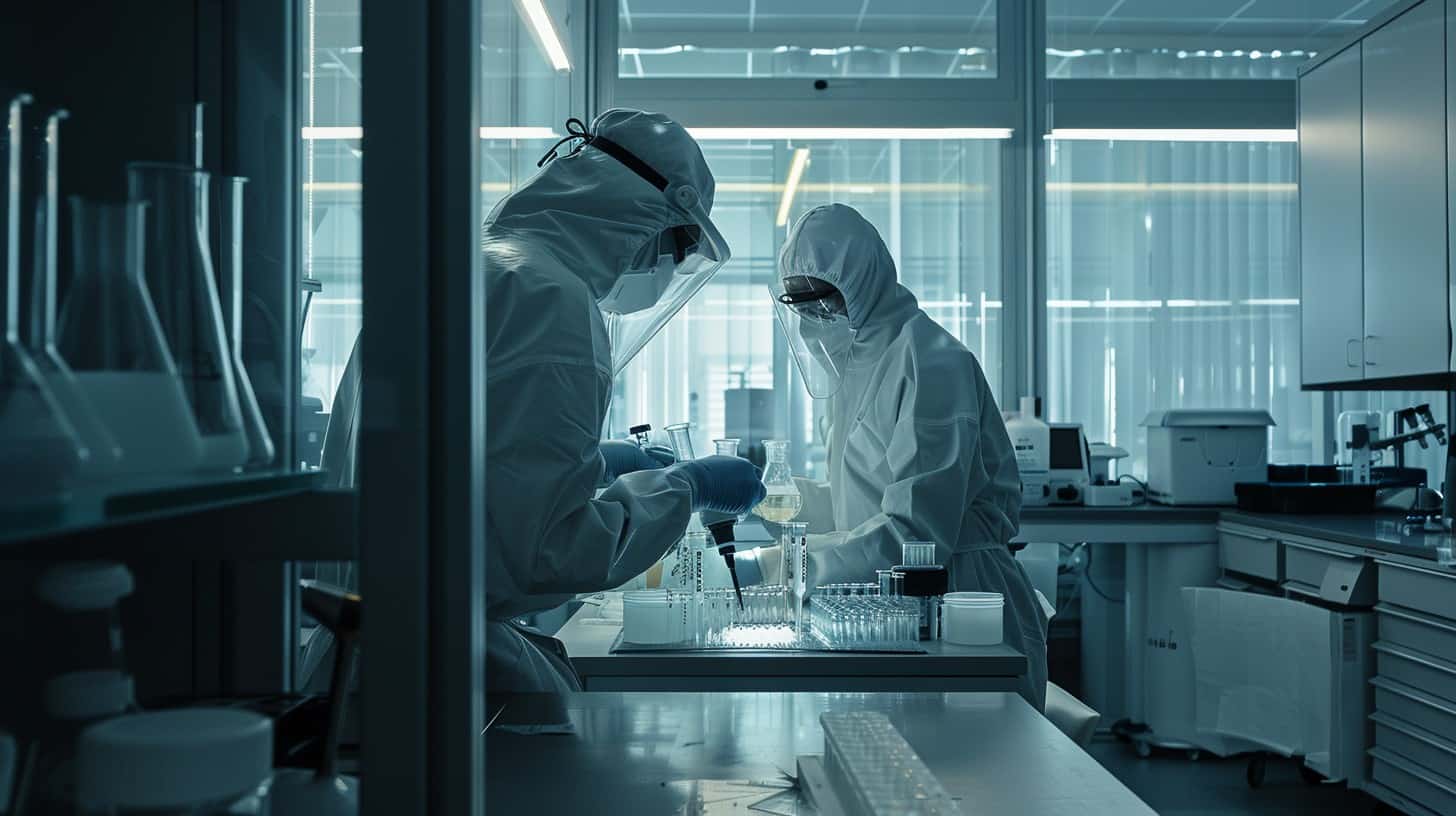
Cloning stirs up big debates about right and wrong. It makes us ask hard questions about human worth and moral choices in science.
Navigating Ethical Challenges
Dealing with the ethics of human cloning is like walking a tightrope. On one side, we have the amazing potential to fight diseases and understand genetic conditions better. On the other, there are big questions about human embryos and their use in research.
Countries around the world can’t agree on what’s right or wrong, making this topic even hotter.
The creation and destruction of embryos touch deep moral values. People argue about whether it’s okay to use these early forms of life just for science. The debate gets trickier with cloned embryos made only for research.
This puzzle needs more brains to solve it before we can move forward confidently into cloning’s future possibilities.
The Interplay of Science and Morality
Science and morality often sit at the same table, chatting about what’s right and what might go too far. Think of a teeter-totter in the park; on one side sits science with all its discoveries, like stem cell research and nuclear-transfer technology.
On the other side is morality, weighing in with concerns over human dignity and the well-being of society. These two must balance for progress to happen without hurt.
Balancing freedom and societal well-being is no small task. The crux of it lies in our handling of technologies that can both heal and harm. As we push forward with cloning, these ethical challenges demand we tread carefully lest we slip on moral ice—asking ourselves not just if we can but if we should.
Every scientific advancement asks us as a society to reflect on our values — a dance between possibility and principle.
Next up: Cloning steps out from theory into practice.
Cloning in Practice
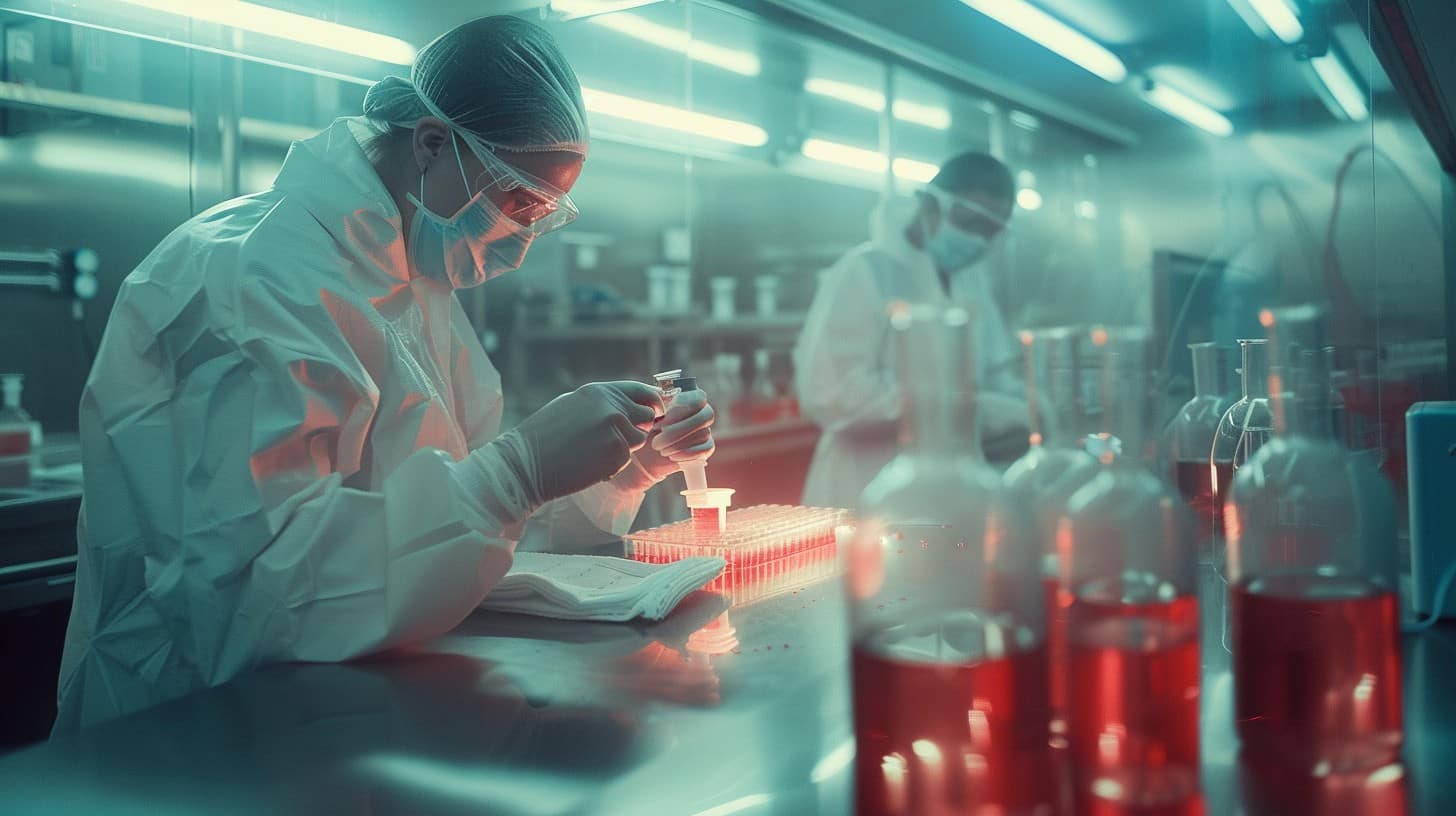
In the world of science, animal cloning has shown us glimpses into what’s possible with humans. From Dolly the sheep to recent advances in genetic research, these stories light a path for future explorations.
Success Stories in Animal Cloning
Animal cloning has hit some pretty big milestones. Let’s dive into tales that sound like they’re straight out of a sci-fi novel, but are totally real.
- Meet Dolly the sheep, the first mammal ever cloned from an adult somatic cell. Back in 1996, scientists pulled off what seemed like magic. They took a cell from an adult sheep and used it to create Dolly. She became a superstar overnight, proving that cloning wasn’t just possible; it was here.
- Then there’s Gene the bovine, who made headlines in 1998. This cloned cow didn’t just live; she went on to have a calf the old-fashioned way. It was a big deal because it showed cloned animals could reproduce naturally.
- Don’t forget about CopyCat, the first domestic pet to join the cloning club in 2001. A cat cloned for companionship? That’s right. It opened up new conversations about what cloning could mean for pet lovers everywhere.
- In 2014, scientists achieved something extraordinary with an endangered species, a gaur. This large hirsute animal was brought back using cloning technology, marking a leap towards saving species at risk of extinction.
- Fast forward to 2018, and two macaque monkeys were successfully cloned using the same technique as Dolly. These primates’ arrival marked a new chapter in cloning research with implications for medical research and understanding diseases better.
Each of these stories isn’t just cool science; they’re proof points of how far we’ve come in genetic research and reproductive technology. From livestock with valuable traits to pets and even endangered species, cloning is opening doors we once thought firmly shut.
Ongoing Research and Discoveries
From cloning sheep to breaking new ground in human studies, scientists have moved onto thrilling research and discoveries. They are working hard to solve the puzzles of human cloning.
A big goal is to make cells for fixing tissues and organs without needing special eggs. This could change medicine forever.
Experts use tools like pluripotent stem cells, which can turn into many types of body cells. They’re exploring ways to switch adult cells back to a more flexible state without the complicated egg step.
Imagine getting a new pancreas made just for you from your skin cells! That’s where science is heading, making what sounds like sci-fi into reality every day.
The Horizon of Human Cloning
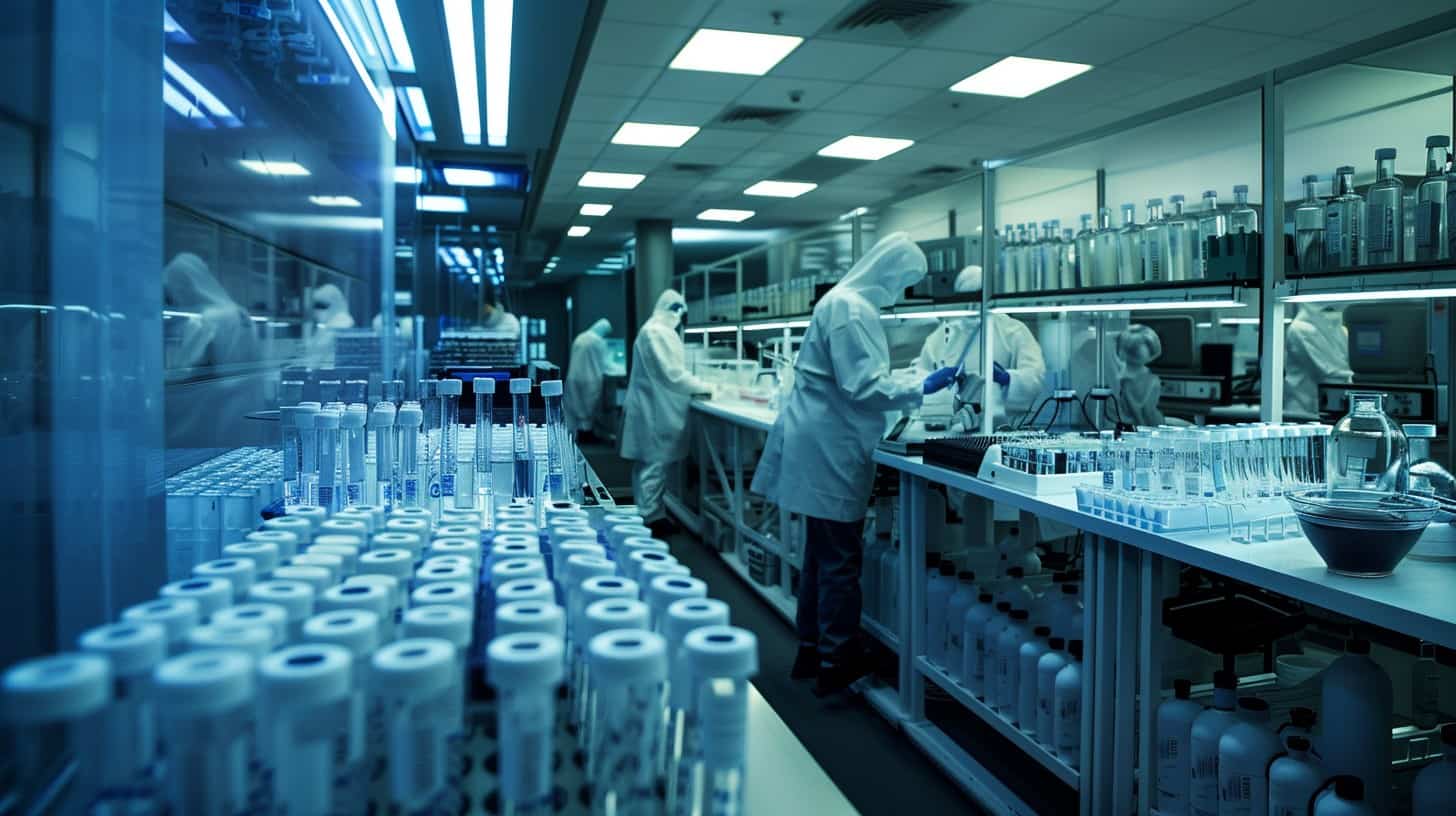
The future of human cloning holds challenges and new strategies. This field could change how we fight diseases and understand life itself.
Challenges and Future Strategies
One big challenge facing human cloning is the need for more research to fix current problems. Scientists are working hard to figure out how to reprogram grown-up cell centers without needing an egg that had its nucleus taken out.
They’re also trying to learn how to make or remake working structures and change a patient’s cell genes before moving the nucleus. This means diving deep into genetic modification and stem cells research.
Future strategies involve pushing the boundaries of what we know about therapeutic cloning and gene cloning. Researchers aim to create perfectly matched tissues without causing harm or ethical worries.
They plan on using advanced techniques like induced pluripotent stem cells, which can turn any cell back into a “do-over” state, ready to become any type of tissue needed for healing.
The road ahead is packed with hurdles but promises a future where medical miracles might become everyday realities thanks to human clones acting as health superheroes.
Cloning’s Role in Future Medical Innovations
Tackling the hurdles in cloning paves the way for its vital role in tomorrow’s medical breakthroughs. Scientists use therapeutic cloning to create tissues that match patients perfectly.
This means no rejection by the body, a big win for organ transplants. Imagine getting a new heart or kidney that works with your body, not against it.
This field also dives into fixing genetic disorders right at the source. By tweaking genes in embryonic cells, doctors could stop diseases before they start. Plus, research on cloned cells sheds light on how cancer cells grow and spread.
This knowledge is key to developing new treatments and vaccines that keep us healthy longer. The future looks bright as we unlock more secrets through cloning, laying groundwork for medicine we once dreamed of.
FAQs About Human Cloning
Can human cloning really help with medical treatments?
Absolutely! Imagine having a personal factory for spare parts. Through the magic of embryonic stem cells research, we can grow organs or pancreatic beta cells tailored just for you. It’s like ordering a custom outfit, but instead, it’s something that could save your life.
How does human cloning change the game in education and research?
Think of human reproductive cloning as the ultimate learning buddy system. Scientists studying genetically modified animals or bacteria get to see biology’s mysteries up close without playing hide and seek with nature. It’s like having a cheat sheet for science class that helps everyone learn faster.
What’s this buzz about Dolly the cloned sheep, and why should I care?
Remember Dolly? She wasn’t just any old sheep; she was a rock star in the world of genetics! Thanks to her, we learned that adult cells can act young again, leading us down exciting paths like tissue engineering and making breakthroughs not just possible but probable.
Is there hope for people who have trouble getting pregnant through assisted reproduction techniques?
Yes, indeed! Human cloning might sound like sci-fi, but it offers real hope to those facing challenges in starting a family. By using techniques similar to what brought us Dolly, doctors can create new possibilities for life where there once were none – talk about an encore performance!
Are there ethical concerns with creating genetically modified humans?
Sure, it’s not all sunshine and rainbows; diving into our DNA with scissors has its critics worried about opening Pandora’s box. But remember, every great adventure requires stepping out of our comfort zone – responsibly, of course.
How does human cloning benefit genetic diseases research?
Picture this: scientists playing detective on a molecular level by replicating genes within embryonic stem cells or multipotent stem cells to understand how diseases tick—and then stopping them dead in their tracks! It’s like solving puzzles before they can cause harm.
